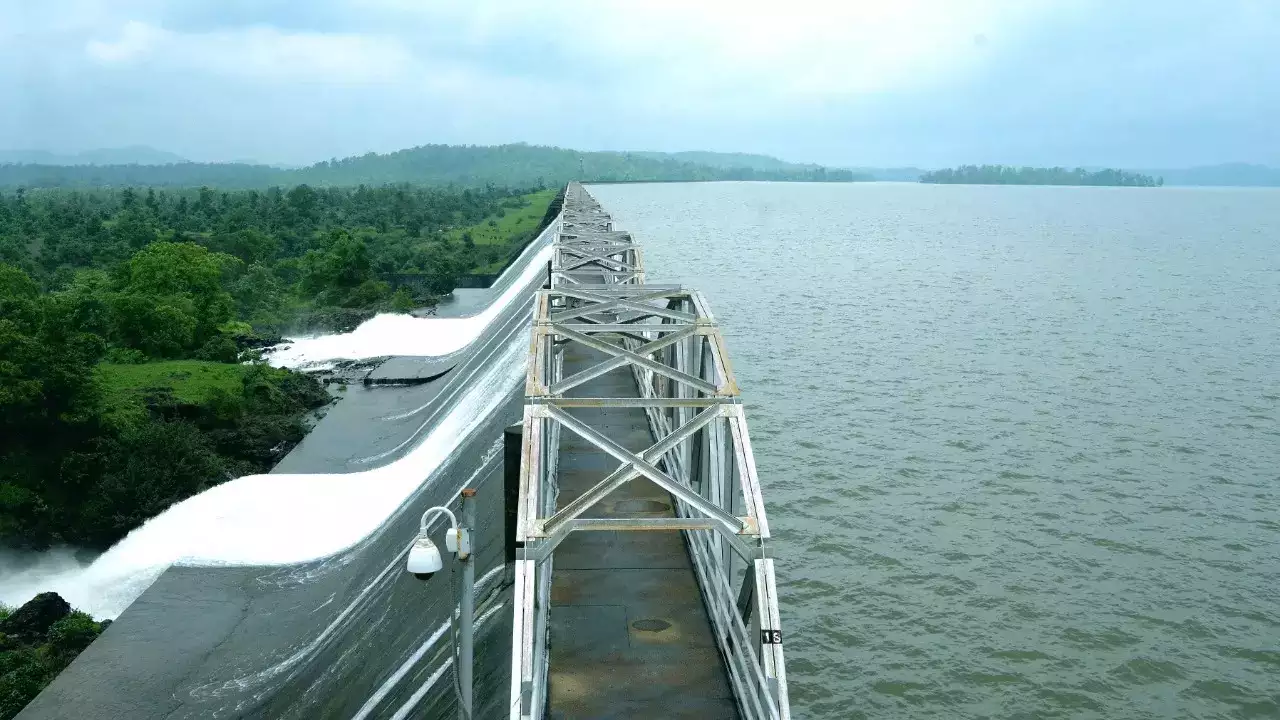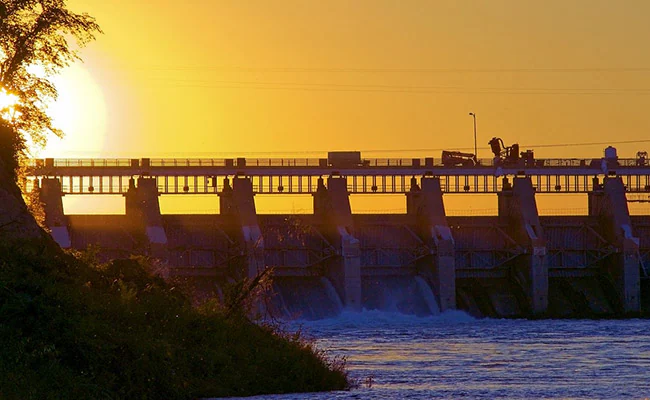Water parks / Dam
Koyna Dam
The Koyna Dam is one of the major dams in Maharashtra, India. Here are some key details about the Koyna Dam:
Location:
The Koyna Dam is located in the Satara district of Maharashtra. It is situated on the Koyna River, which is one of the major tributaries of the Krishna River.
Purpose:
The primary purpose of the Koyna Dam is multipurpose, serving various functions. Hydroelectric Power Generation: The dam is a crucial component of the Koyna Hydroelectric Project, one of the largest hydroelectric power plants in India. It has an installed capacity of over 1,960 megawatts (MW) and plays a significant role in supplying electricity to the region.
Irrigation:
The dam also facilitates irrigation in the region, contributing to agricultural activities.
Reservoir:
The reservoir created by the Koyna Dam is known as the Shivaji Sagar Lake. The reservoir is surrounded by the scenic Western Ghats.
Earthquake and Reservoir-Induced Seismicity (RIS): The Koyna Dam has been associated with seismic activities, and there have been instances of earthquakes in the region, attributed to the filling of the reservoir. This phenomenon is known as Reservoir-Induced Seismicity (RIS).
Tourism:
The area around the Koyna Dam, with its picturesque landscapes, has become a tourist attraction.
The Koyna Wildlife Sanctuary, located in the vicinity, is known for its biodiversity and attracts nature enthusiasts.
History:
The construction of the Koyna Dam began in the early 1960s, and it was completed in 1964. Over the years, the dam has undergone expansions and modifications to meet the growing energy and water demands of the region.
The Koyna Dam is not only a critical infrastructure project for power generation and irrigation but also a site of geological interest due to the seismic activities associated with its reservoir. Visitors often come to the area for both its natural beauty and the engineering marvel represented by the dam and power project.
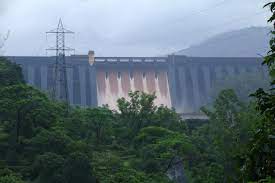
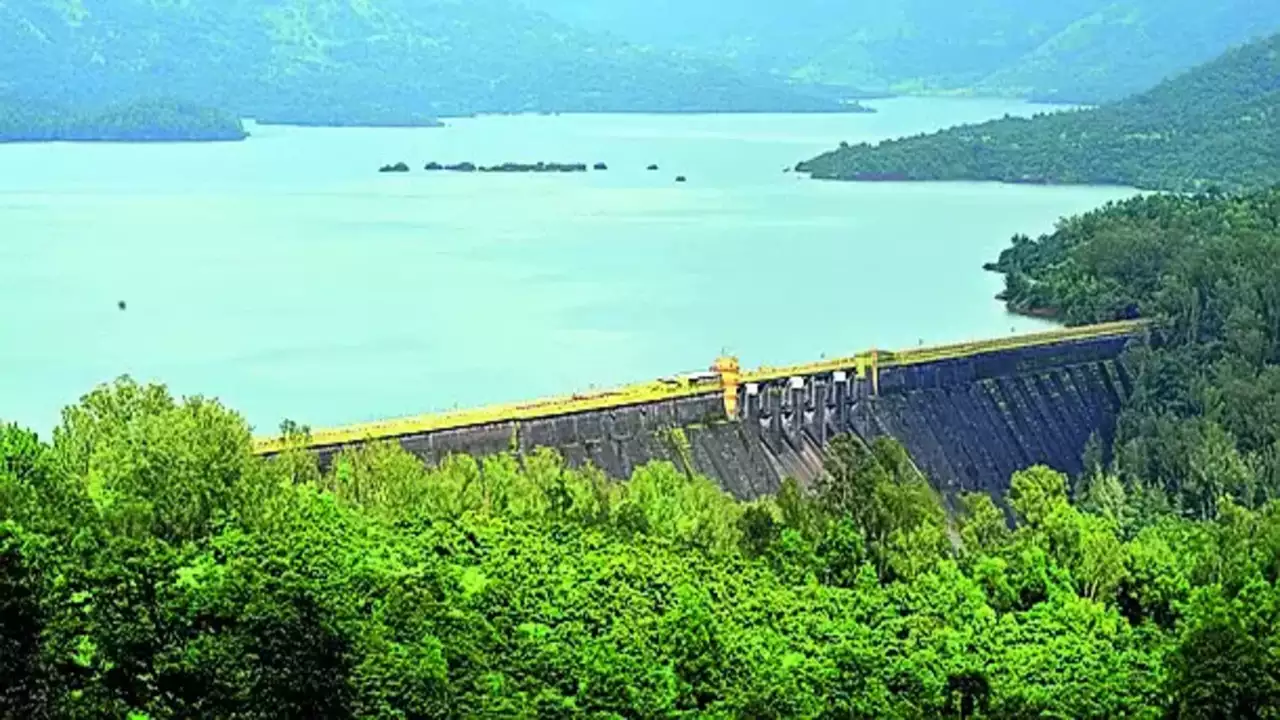
Bhandardara Dam
Bhandardara Dam, also known as Arthur Hill Lake, is situated in the Ahmednagar district of Maharashtra, India. Here are some key details about Bhandardara Dam:
Location:
Bhandardara Dam is located on the Pravara River in the village of Bhandardara, Ahmednagar district, Maharashtra.
Purpose:
The primary purpose of the Bhandardara Dam is to store water for irrigation and drinking purposes.
It is part of the Pravara River Project and plays a crucial role in providing water for agricultural activities in the region.
Reservoir:
The dam creates a reservoir known as Arthur Lake or Bhandardara Lake.
The reservoir not only serves practical purposes like irrigation but also adds to the scenic beauty of the region.
Tourism:
Bhandardara Dam and the surrounding area have become a popular tourist destination.
The serene and picturesque surroundings, including the lake and nearby hills of the Western Ghats, attract nature lovers and adventure seekers. The nearby Randha Falls, which is a seasonal waterfall on the Pravara River, is another attraction in the vicinity.
Wilson Dam:
It’s worth noting that there is another dam known as Wilson Dam in the same region, also contributing to the formation of Arthur Lake. Sometimes, the name “Bhandardara Dam” is used interchangeably with the Wilson Dam in common parlance.
Ratanwadi and Ratangad Fort:
Ratanwadi, a nearby village, is known for the trek to Ratangad Fort, an ancient fortification with historical significance. The trek offers panoramic views of the surrounding landscapes.
Camping and Boating:
Bhandardara has also become a popular spot for camping and boating activities. Many visitors come to experience the tranquility of the lake and enjoy outdoor activities.
Amruteshwar Temple:
The Amruteshwar Temple, an ancient Shiva temple, is located near the Bhandardara Dam and attracts pilgrims and tourists interested in heritage sites.
Bhandardara Dam is not only important for water resource management but has also become a recreational and tourist destination due to its scenic beauty and the various activities it offers.
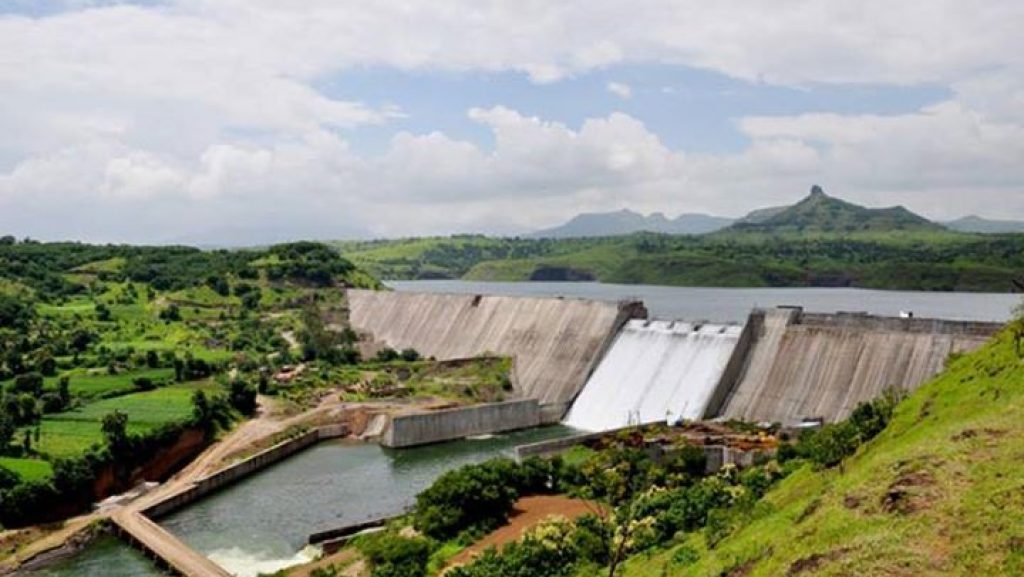
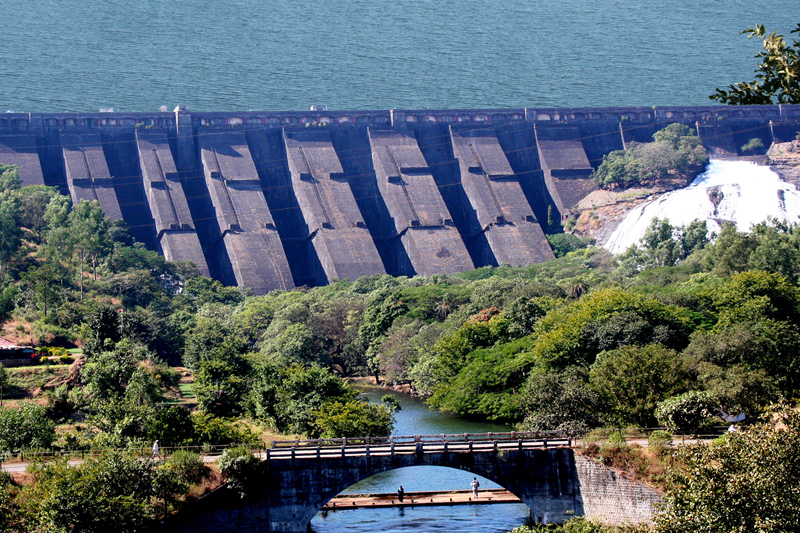
Jayakwadi Dam
Jayakwadi Dam, also known as the Nath Sagar Reservoir, is a major dam located on the Godavari River in the Aurangabad district of Maharashtra, India. Here are some key details about Jayakwadi Dam:
Location:
Jayakwadi Dam is situated near Paithan in the Aurangabad district of Maharashtra. It is built across the Godavari River.
Purpose:
The primary purpose of Jayakwadi Dam is multipurpose, serving irrigation, hydroelectric power generation, and drinking water supply.
The dam is a critical component of the Jayakwadi Project, which aims to harness the water resources of the Godavari River for the benefit of the surrounding region.
Irrigation:
Jayakwadi Dam is one of the largest earthen dams in the state and plays a crucial role in providing water for agricultural irrigation in the Godavari River basin.
The dam helps in mitigating the impact of droughts by storing water during the monsoon season for use during the dry periods.
Hydroelectric Power:
The dam has a hydroelectric power station that generates electricity. However, the primary focus is on irrigation.
Reservoir:
The reservoir formed by Jayakwadi Dam is known as Nath Sagar.
It is one of the largest reservoirs in Maharashtra and is a lifeline for the agricultural activities in the region.
History:
The construction of Jayakwadi Dam started in the late 1960s and was completed in phases.
It has undergone expansions and modifications over the years to meet the increasing water demands of the region.
Tourism:
While the primary function of Jayakwadi Dam is utilitarian, the reservoir and the surrounding area have some tourist attractions.
The Nath Sagar Reservoir attracts birdwatchers as it becomes a habitat for various migratory birds during certain seasons.
Water Management:
Jayakwadi Dam plays a crucial role in managing the water resources of the Godavari River and is integral to the overall water management strategy in the region.
Jayakwadi Dam stands as a significant infrastructure project that contributes to agriculture, power generation, and overall water resource management in the Godavari River basin and the surrounding areas of Maharashtra.
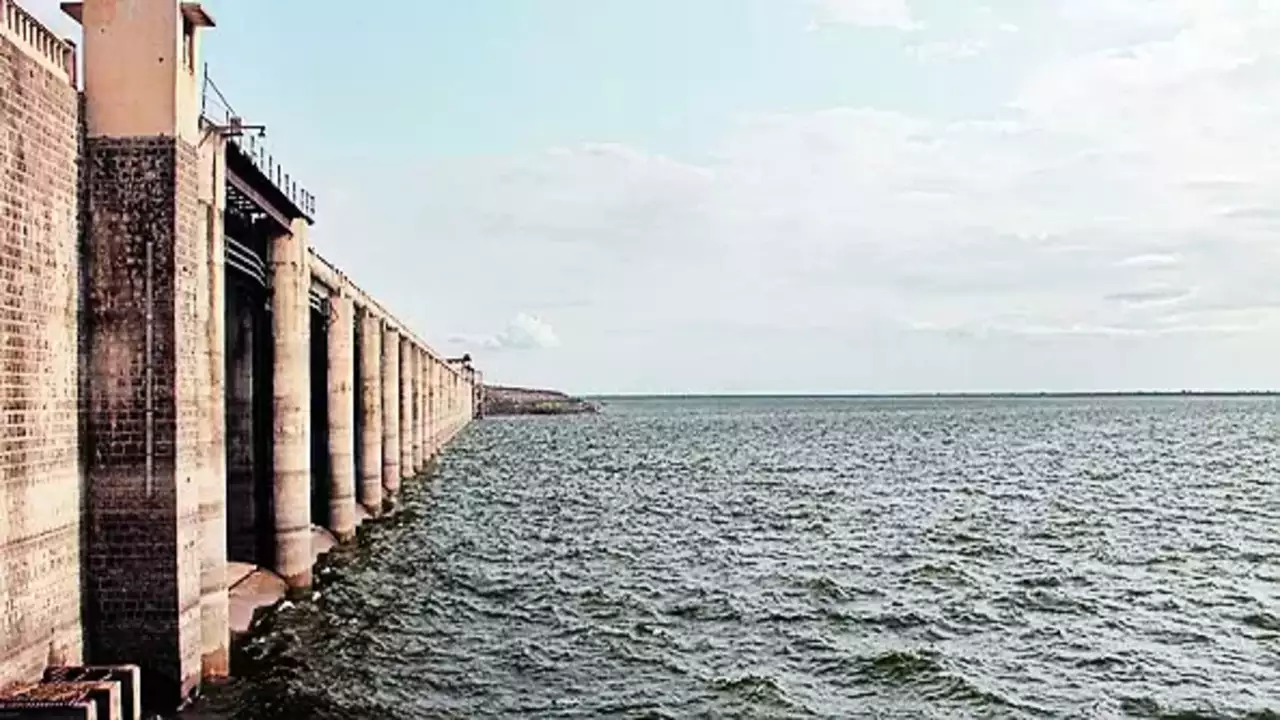
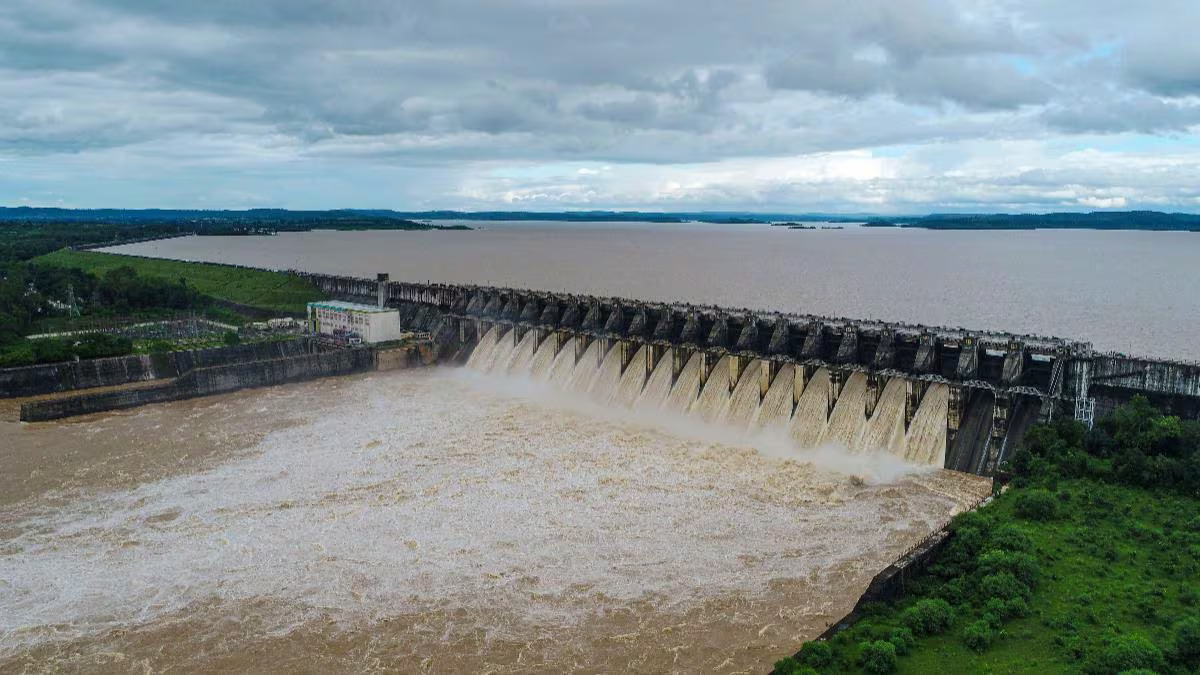
Radhanagari Dam
Radhanagari Dam, is a gravity dam on Bhogawati river near Radhanagari in the state of Maharashtra in India. Construction was initiated by visionary Rajarshi Shahu on 18 February 1907. The dam is being used for irrigation as well as hydro-electricity. The dam is located amidst scenic surrounding in the backdrop of thick forest cover.
Location:
Radhanagari Dam is situated in the Radhanagari Wildlife Sanctuary in the Kolhapur district of Maharashtra, India.
Purpose:
The dam serves as a reservoir for storing water for irrigation and hydroelectric power generation.
It supports agricultural activities in the region by providing water for irrigation.
Reservoir:
The dam creates a reservoir known as Radhanagari Reservoir.
The reservoir is surrounded by the Radhanagari Wildlife Sanctuary, contributing to its scenic beauty and ecological significance.
Wildlife Sanctuary:
Radhanagari Wildlife Sanctuary, where the dam is located, is known for its rich biodiversity.
The sanctuary is home to various species of flora and fauna, including the Indian bison (gaur), deer, tigers, and numerous bird species.
Hydroelectric Power:
Radhanagari Dam has a hydroelectric power station that generates electricity for the region.
Tourism:
The dam and its surroundings attract tourists interested in eco-tourism.
Visitors can enjoy the natural beauty, observe wildlife, and engage in activities like birdwatching.
Accessibility:
Radhanagari Dam is accessible by road, allowing visitors to explore the sanctuary and the dam area.
Conservation Efforts:
The dam and the wildlife sanctuary contribute to conservation efforts by providing a protected habitat for diverse plant and animal species.


Tansa Dam
Tansa Dam is a significant dam located in the Thane district of Maharashtra, India. Here is detailed information about Tansa Dam:
Location:
Tansa Dam is situated on the Tansa River, a tributary of the Vaitarna River. It is located in the Thane district of Maharashtra.
Purpose:
The primary purpose of Tansa Dam is to supply water to Mumbai and its suburbs. It serves as a crucial source of drinking water for the metropolitan area.
Water Supply:
Tansa Dam is part of the Tansa Pipeline System, which transports water from the dam to Mumbai. The water from the dam undergoes treatment before being supplied to residents and industries in Mumbai.
Reservoir:
The dam creates a reservoir known as Tansa Lake.
Tansa Lake acts as a storage reservoir for the Tansa Pipeline System.
Capacity:
Tansa Dam has a significant storage capacity, allowing it to store a large volume of water for the water supply needs of Mumbai.
Surroundings:
The dam is located in a scenic landscape with hills and greenery in the surrounding region. The Tansa Wildlife Sanctuary is nearby, which adds to the ecological significance of the area.
History:
The construction of Tansa Dam was completed in the early 20th century to address the growing water demand of Mumbai.
Tourism:
While the primary function of Tansa Dam is to supply water, the area around the dam and the Tansa Lake can attract tourists for its natural beauty. However, access to certain areas might be restricted due to its role in water supply.
Biodiversity:
The Tansa Wildlife Sanctuary, adjacent to the dam, is home to various species of flora and fauna, making it an area of ecological importance.
Conservation:
Tansa Dam and its associated infrastructure play a vital role in the conservation of water resources and in meeting the water needs of Mumbai’s growing population.
Tansa Dam is a critical component of Mumbai’s water supply infrastructure, ensuring a reliable source of clean drinking water for the metropolitan region. Please note that information might change over time, and it’s advisable to check with local authorities or recent sources for the most up-to-date details on Tansa Dam.
